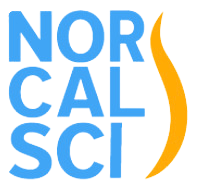SEARCH FOR SCI CURE: Could non-invasive brain stimulation improve upper limb function in Cervical SCI?
Dr. Gail Forrest
Kessler Foundation is one of three sites participating in a study of non-invasive brain stimulation to improve upper limb function. The randomized, double-blinded multi-site study will test the safety, feasibility and efficacy of pairing transcranial direct current stimulation (tDCS) with exercise therapies to improve upper limb function among individuals with cervical incomplete spinal cord injury.
For this study, researchers plan to recruit 44 individuals with chronic spinal cord injury and upper limb impairments. Participants will receive 15 2-hour sessions (5 days/week for 3 weeks) of upper limb training to their weaker limb, combined with either active or sham tDCS. During the 2-hour sessions, participants will practice task-oriented exercises. Researchers will collect neurophysiological data and measure motor function at baseline, at four treatment visits, and at 3-month follow-up. They will use a number of measures, including the Upper Extremity Motor Score, GRASSP, Modified Ashworth Scale, and the Spinal Cord Independence Measure.
“Noninvasive brain stimulation is a promising approach to improving upper limb function in individuals with disabilities cause by spinal cord injury,” said Dr. Gail Forrest, PhD, principal investigator for the Foundation. “This study is an opportunity to learn more about how the brain influences upper extremity recovery, and the potential to channel that control to aid recovery after spinal cord injury. We will be looking at the effects of this protocol of stimulation and exercise on strength and dexterity,” she noted, “and whether that can translate into greater independence and better quality of life for individuals with spinal cord injury.”

